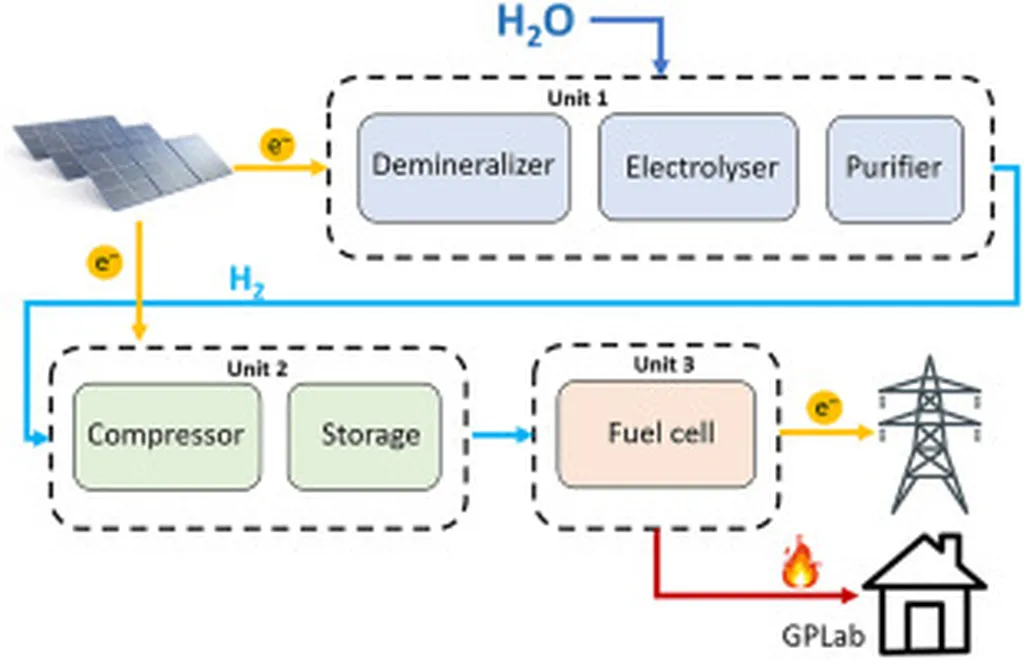In the quest for a net-zero carbon future, renewable energies are stepping into the spotlight, but their intermittent nature poses challenges. Enter hydrogen storage systems, a promising solution that could stabilize multi-energy DC power systems. A recent study published in the “International Journal of Electrical Power & Energy Systems” by Oriol Cartiel from the Department of Electrical Engineering at Universitat Politècnica de Catalunya – BarcelonaTech (UPC) sheds light on how these systems can be integrated more effectively.
The study focuses on the stability of hydrogen storage systems when connected to DC grids. “One of the primary research topics regarding hydrogen storage systems is the prediction of system instabilities caused by interactions between DC grids and electrolyser and fuel cell DC/DC converters,” Cartiel explains. To tackle this, Cartiel and his team developed a small-signal admittance-based model of the electrolyser circuit, a first of its kind.
This model allows for the analysis of resonance and damping frequency regions of electrolyser circuits, providing crucial insights into potential oscillatory instabilities. “Using the proposed model, we studied the influence of electrolyser circuit and multi-energy DC grid parameters on these instabilities,” Cartiel adds.
The team validated their model and stability results using MATLAB/Simulink time-domain and OPAL-RT real-time simulations, ensuring the accuracy and reliability of their findings. The use of the positive-mode-damping stability criterion, a user-friendly frequency-domain method, offers several advantages over traditional techniques like the generalised Nyquist criterion.
So, what does this mean for the energy sector? As we transition to a future powered by renewable energies, the need for effective energy storage solutions becomes paramount. Hydrogen storage systems, with their ability to store excess energy and release it when needed, could play a pivotal role in this transition. However, their integration into existing DC grids must be done carefully to avoid system instabilities.
Cartiel’s research provides a crucial step in this direction. By understanding and predicting potential instabilities, engineers can design more robust and reliable hydrogen storage systems. This could pave the way for wider adoption of these systems, accelerating our transition to a net-zero carbon future.
As the energy sector continues to evolve, research like this will be instrumental in shaping its future. It’s not just about finding new sources of energy, but also about integrating them effectively into our existing infrastructure. And in this complex puzzle, every piece of research brings us one step closer to a sustainable energy future.

